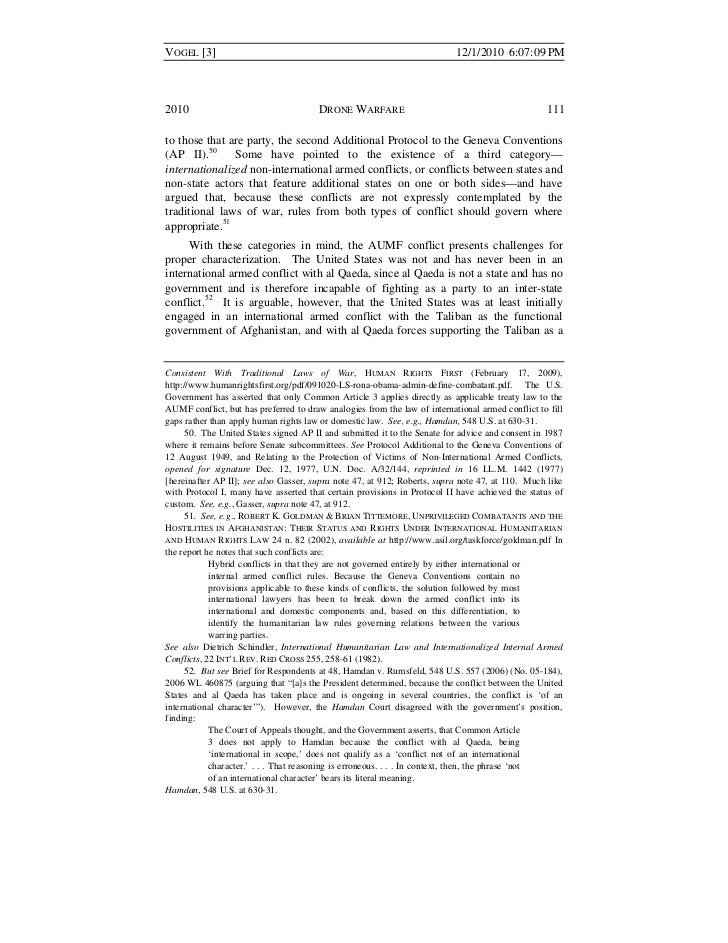
In recent years extraterritorial military operations have given rise to new forms of military presence in the territory of a State and refocused attention on the rights and duties of an occupying power, the regulation of the use of force in occupied territory and the applicability of the law of occupation to UN forces. However, there remain many obstacles to humanitarian access, including military, political and security-related concerns, which hinder the provision of assistance to civilians in need. In many situations States are unable or unwilling to meet the basic needs of civilians and in such situations IHL provides that relief actions may be undertaken by other actors, including humanitarian organizations, subject to the agreement of the State. In contemporary armed conflicts the protective scope of IHL remains of utmost concern. The relationship between human rights law and IHL impacts issues related to detention, as well as to the use of force, in both international and non-international armed conflicts, as well as the extraterritorial targeting of persons. The interplay between IHL and human rights law continues to have practical consequences on the conduct of military operations. The ICRC believes that to be the case, while recognizing that there is an increasing number of different factual scenarios that may be classified as NIAC. The increasing complexity of armed conflicts has given rise to discussions over the notion and typology of armed conflicts, including whether the IHL classification of conflicts into international (IAC) and non-international (NIAC) is sufficient to encompass the types of armed conflicts taking place today.


There is a need to understand and respond to these challenges to ensure that IHL continues to perform its protective function in situations of armed conflict. The nature of contemporary armed conflicts continues to provide challenges for the application and respect of IHL in a number of areas, ranging from the classification of armed conflicts to the use of new technologies. In contemporary armed conflicts civilians are the primary victims of violations of IHL committed by both State and non-State parties.


 0 kommentar(er)
0 kommentar(er)
